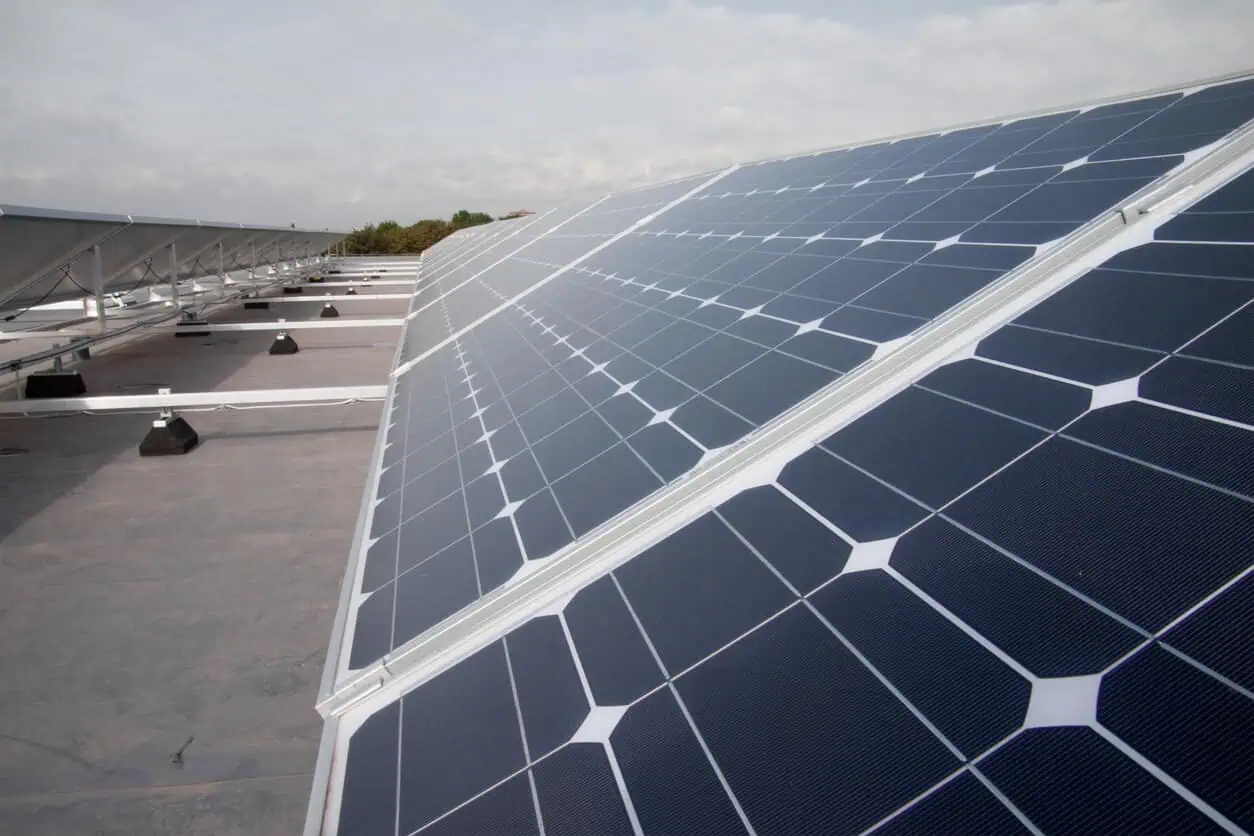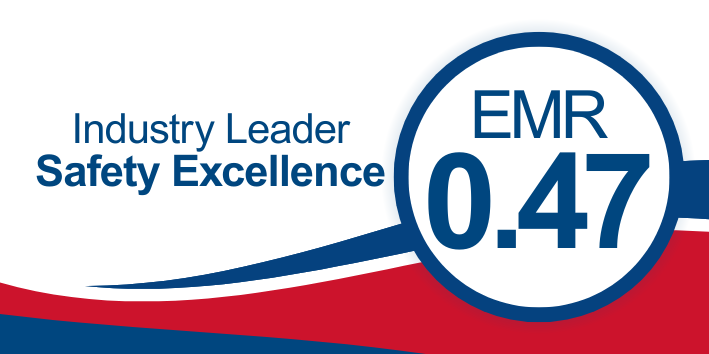Solar roofing solutions for commercial properties can offer numerous benefits, including cost savings on electricity bills, reduced carbon footprint, and potential tax incentives or rebates. Here are some options and considerations for implementing solar roofing on commercial properties.
Commercial Solar Panels – A Walk Through Your Options
Here’s what you need to know about installing solar panels on your commercial building – as well as information regarding green services. Of course, for detailed information on a commercial solar panel system, contact your commercial roofing contractor.
Photovoltaic (PV) solar panels
Photovoltaic solar panels are the most common type used for generating electricity. PV panels convert sunlight directly into electricity using semiconductor materials. They can be installed on the roofs of commercial buildings using mounting systems designed for low-slope or sloped roofs.
Building Integrated Photovoltaics (BIPV)
BIPV systems integrate solar panels directly into the building structure, such as solar shingles or solar tiles. These systems offer a more aesthetically pleasing option compared to traditional solar panels and can blend seamlessly with the architecture of the building.
Energy storage solutions
Combining solar roofing with energy storage systems, such as batteries, allows commercial properties to store excess solar energy generated during the day for use during peak demand periods or when sunlight is unavailable.
Other Things to Consider When Installing Solar Systems
There’s a lot to consider when an organization decides to install solar panels on commercial roofs. Here are some topics you will cover during your consultation with your solar roof contractor.
Monitoring and management systems
Implementing monitoring and management systems enables property owners to track the performance of their solar roofing system in real time, optimize solar power usage, and identify any maintenance issues promptly.
Financial incentives and financing options
Financial incentives, such as tax credits, rebates, and renewable energy certificates (RECs), may be available to offset the upfront costs of installing solar roofing systems. Commercial property owners can also explore financing options like solar leases, power purchase agreements (PPAs), or green loans to make sustainable energy more affordable.
Local regulations and permitting
Before installing a solar roofing system, it’s essential to check local regulations, zoning laws, and building codes governing solar installations in your area. Obtaining the necessary permits and approvals ensures compliance with safety and structural requirements.
Environmental impact and sustainability goals
Investing in solar roofing aligns with corporate sustainability goals and demonstrates a business’s commitment to environmental stewardship. It can enhance the reputation of a company as an environmentally responsible business.
Lifecycle cost analysis
Conducting a lifecycle cost analysis helps evaluate the long-term financial benefits of solar roofing solutions by considering factors such as installation costs, installation time, energy savings, maintenance expenses, and the system’s lifespan.
Overall, solar roofing solutions offer commercial properties a viable means of reducing energy costs, lowering carbon emissions, and enhancing sustainability efforts. Working with experienced solar contractors and energy consultants can help navigate the complexities of implementing solar rooftop projects and maximize the return on investment for commercial property owners.
Nations Roof offers turn-key solar panel solutions for commercial use. To learn more about our cost-effective solutions, schedule a consultation today.
Key Takeaways: Reducing Your Carbon Footprint
- Various green solutions are available for commercial buildings, including PV solar panels and solar panels built into a structure.
- There are many things to consider when completing a solar project on commercial or office buildings, such as local and state regulations and permits.
- It’s prudent to complete a project cost analysis – and learn about the financial incentives offered.


